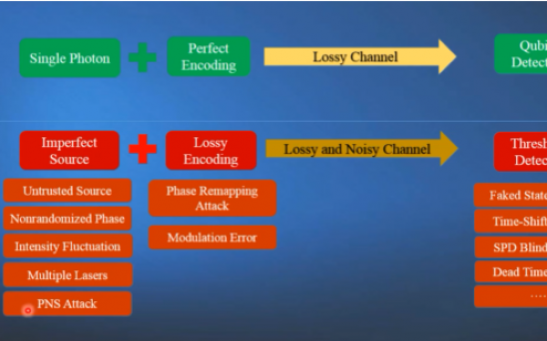Quantum Theory
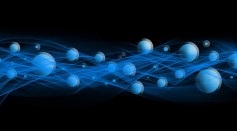
Simple Mod Can Keep Quantum States 10,000 Times Longer
Yale Creates Error-Correcting Cat for Quantum Computers
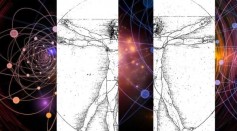
'Is This the Real World or Just a Simulation?' Quantum Musings about Experiments in 2019
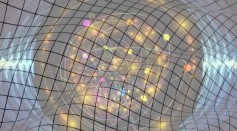
Scientists Are Hosting Particle Derbies to Learn More About the Elusive Recipe for the 'Quantum Soup'
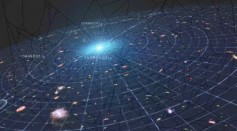
Have You Ever Heard About the Symphony of Strings Connecting the Axiverse to the Universe at Large?
Does Dark Matter Really Exist or Is the Genie Going Back in the Bottle
A Holographic Universe? The Concept That Will Turn Your 2D Perception On Its Head
Large Hadron Collider Could Prove the Existence of Star Trek's Parallel Universe
VIDEO—Watch How Researchers Tricked Light Into Revealing Its Paradoxical Nature
The Light Theory—How Researchers Are Proving Einstein Right With a Snapshot
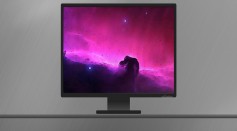
Quantum Computing Laser The Size of A Grain of Rice―Coming To A Screen Near You
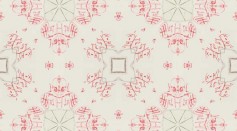
The Man Behind the Theorem—CERN Artwork Pays Homage to John Stuart Bell
Most Popular

How Technology Is Changing the Real Estate Industry?

AI Revolution in Medical Education: Transforming How Healthcare Professionals Learn

Nikolay Karpenko Biography, Photo, Career, Accomplishments

Zombie Star Set to Light Up Night Sky: Blaze Star Could Erupt Soon

